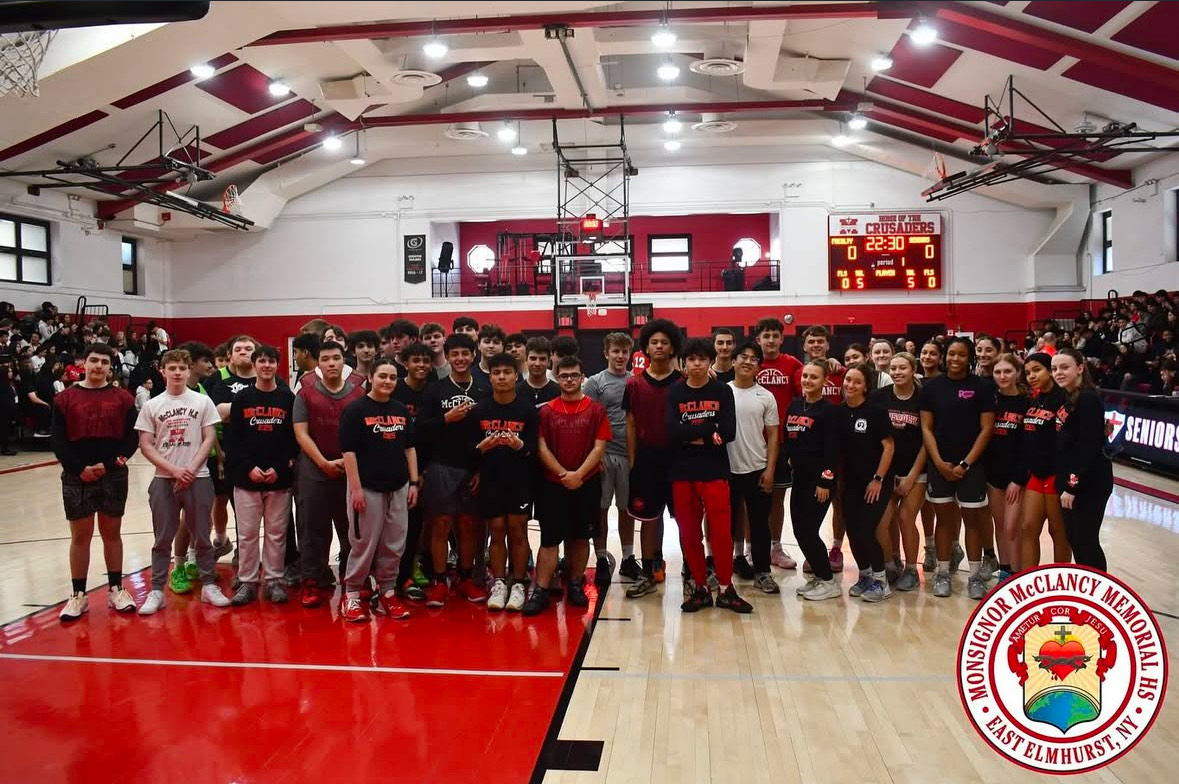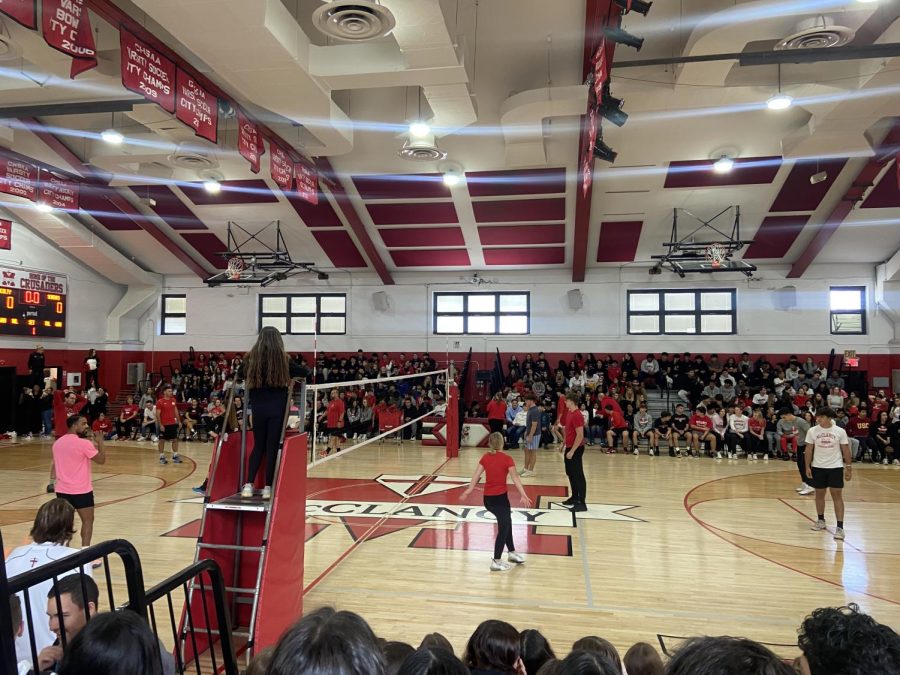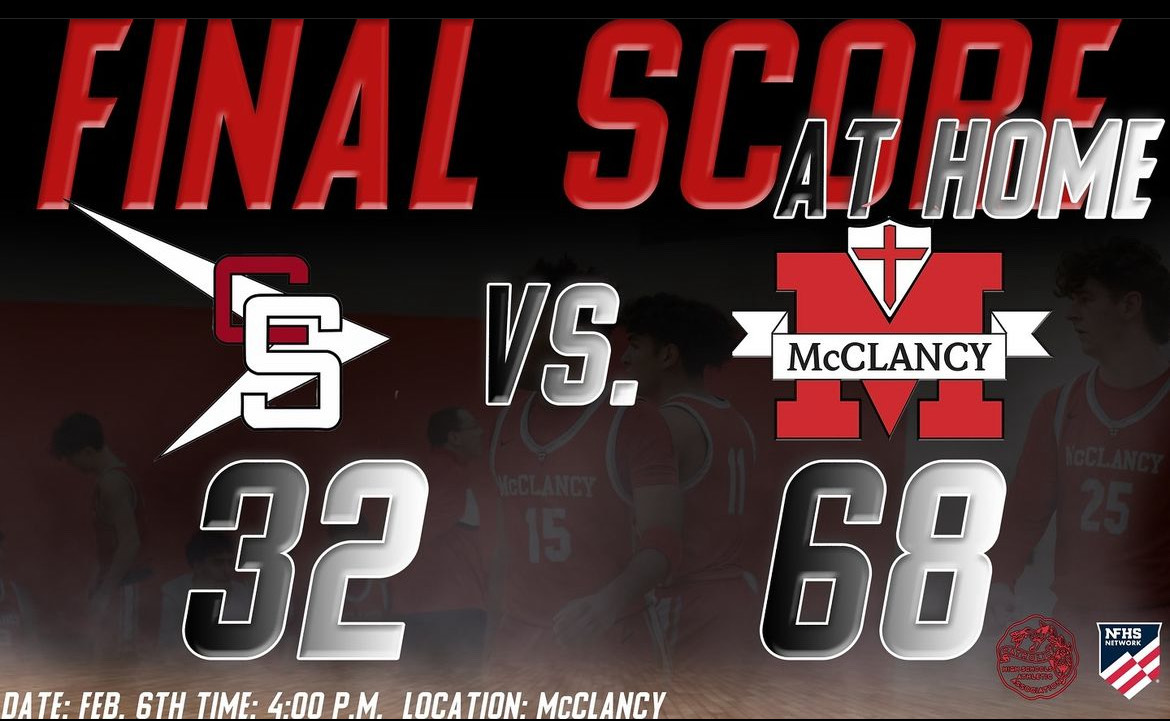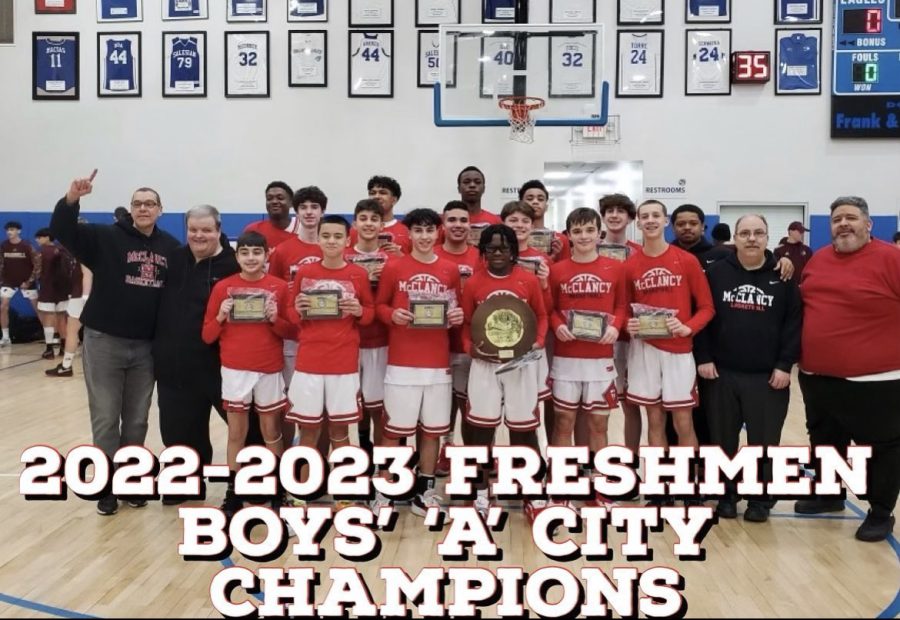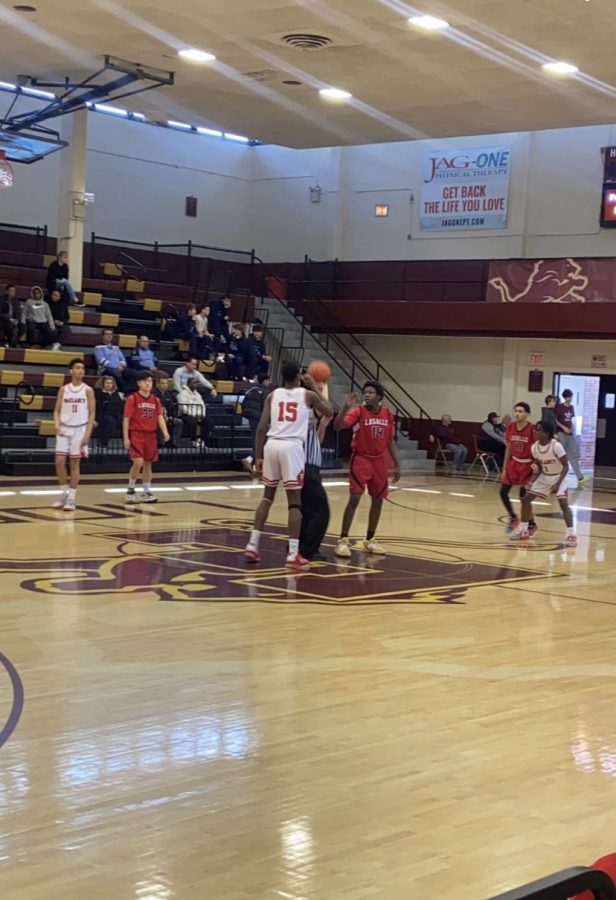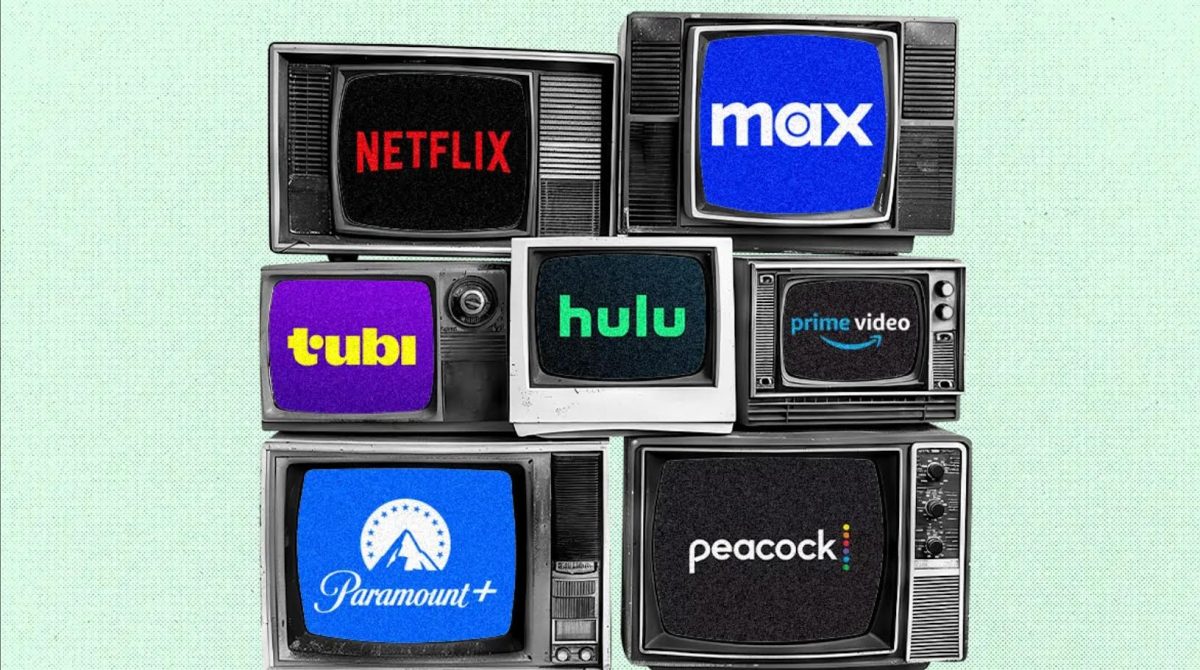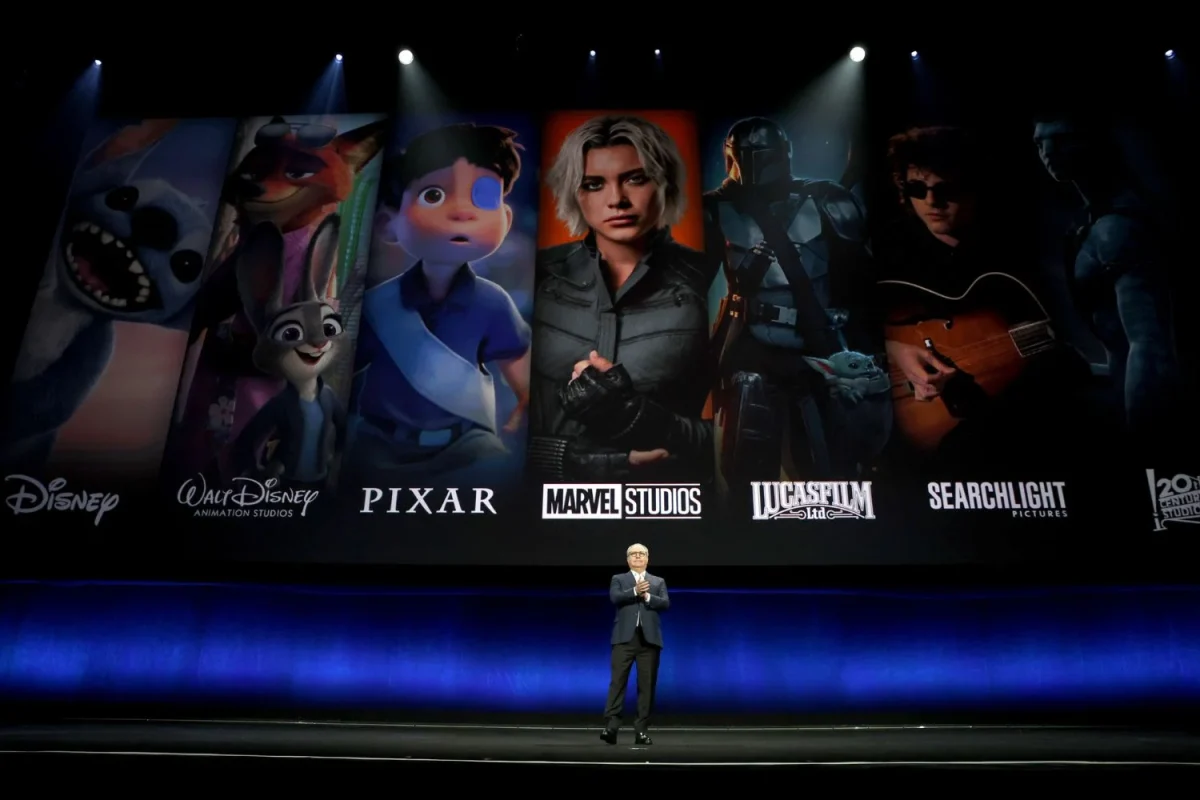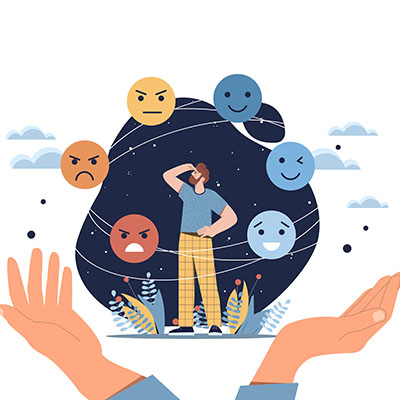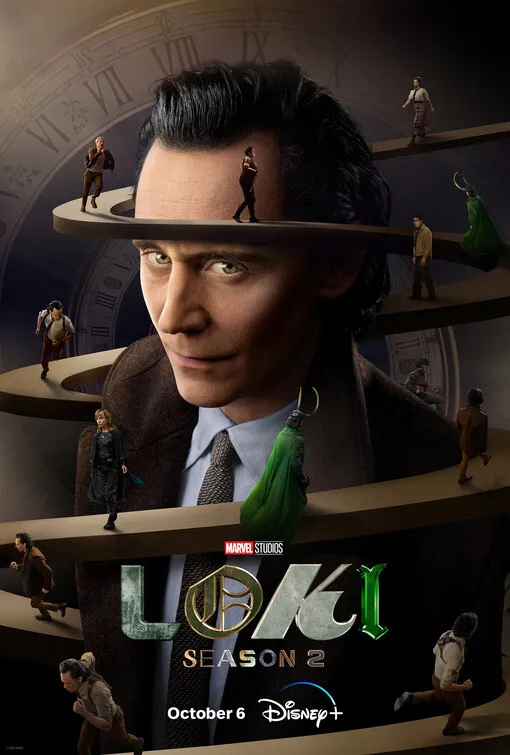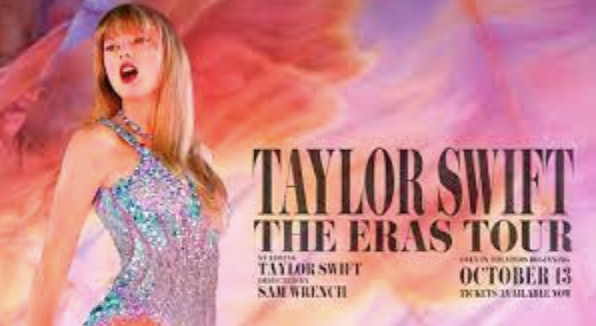Remember when everyone had to wait until 8pm sharp to catch their favorite show? Today, streaming allows us to watch what we want, when we want, and where we want to. In recent years, television has transformed from scheduled programming, channels, and recording shows and movies, to downloadable apps with endless possibilities. Factors leading up to this include recent technological advances and the convenience of On-demand access, which freed audiences from the restrictions of fixed programming, making television much more flexible and tailored to its viewers. Overall, streaming services have transformed television by making it more accessible, personalized, and on demand, shifting how audiences consume and dissect media.
Streaming services give viewers full control over how and when they watch shows and movies. Online platforms, such as Netflix, HBO Max, Disney+, and more, allow entire seasons and movie franchises to be viewed all at once. This eventually led to the recent trend called “Binge-Watching”. As stated in an article by Screenrant “Since services like Netflix or Hulu offer shows in their entirety for a low monthly fee, gone are the days of having to buy expensive sets of beloved television shows and popping in multiple discs to continue viewing. This ease in access has created a phenomenon known as binge-watching, in which shows are consumed from start to finish in one sitting.” (Katy Rath, 10 Biggest Ways Streaming has Changed the Way We Watch Tv). This example proves just how much more accessible streaming has made viewing media. It as well explains the impact it has had on fans when it comes to their favorite franchises, leading to the common yet often controversial act of binge-watching. Although many argue against it due to its consumption of time, it cannot be denied its popularity. It can as well be stated that viewers can pause, rewind, or fast-forward episodes and movies, something that traditional TV networks did not offer unless one went out of their way to record and save it to their television. Thus, it has been proven that streaming services have generally made watching television and film certainly much more comfortable and accessible for avid viewers.
Streaming services are able to personalize their platform to each and every user through variety and algorithm. Service providers, such as the ones mentioned and many more, can be organized by genres, allowing viewers to search to choose movies or shows tailored to their interests. It also offers a search bar for users with a specific movie, show, genre, actor/director, etc, in mind. As mentioned in an article by PSXExtreme, “Streaming platforms use advanced algorithms to track viewing habits and recommend shows or films tailored to individual preferences. This technology helps users discover new content they might have missed, creating a highly curated and enjoyable experience.” (PSXE, How Streaming Services Changed the Way We Consume Media). Said platforms are able to record your viewing history and allow you to rate or favorite what you like or dislike, allowing its algorithm to recommend media tailored to what you may enjoy, making the experience unique to each user. This factor designs a digital environment custom-made specifically to each and every user on the platform, ensuring everyone’s experience varies and is perfectly curated by them and for them.
In brief, Streaming services have revolutionized television by giving audiences freedom, variety, and personalization. Instead of waiting for weekly episodes or having to record your favorite movies in order to rewatch them, viewers now shape their own TV schedules and discover new content easily. As streaming continues to evolve, two questions remain; are we witnessing the end of traditional TV altogether? How addictive can media become once the viewer is the one in control?






